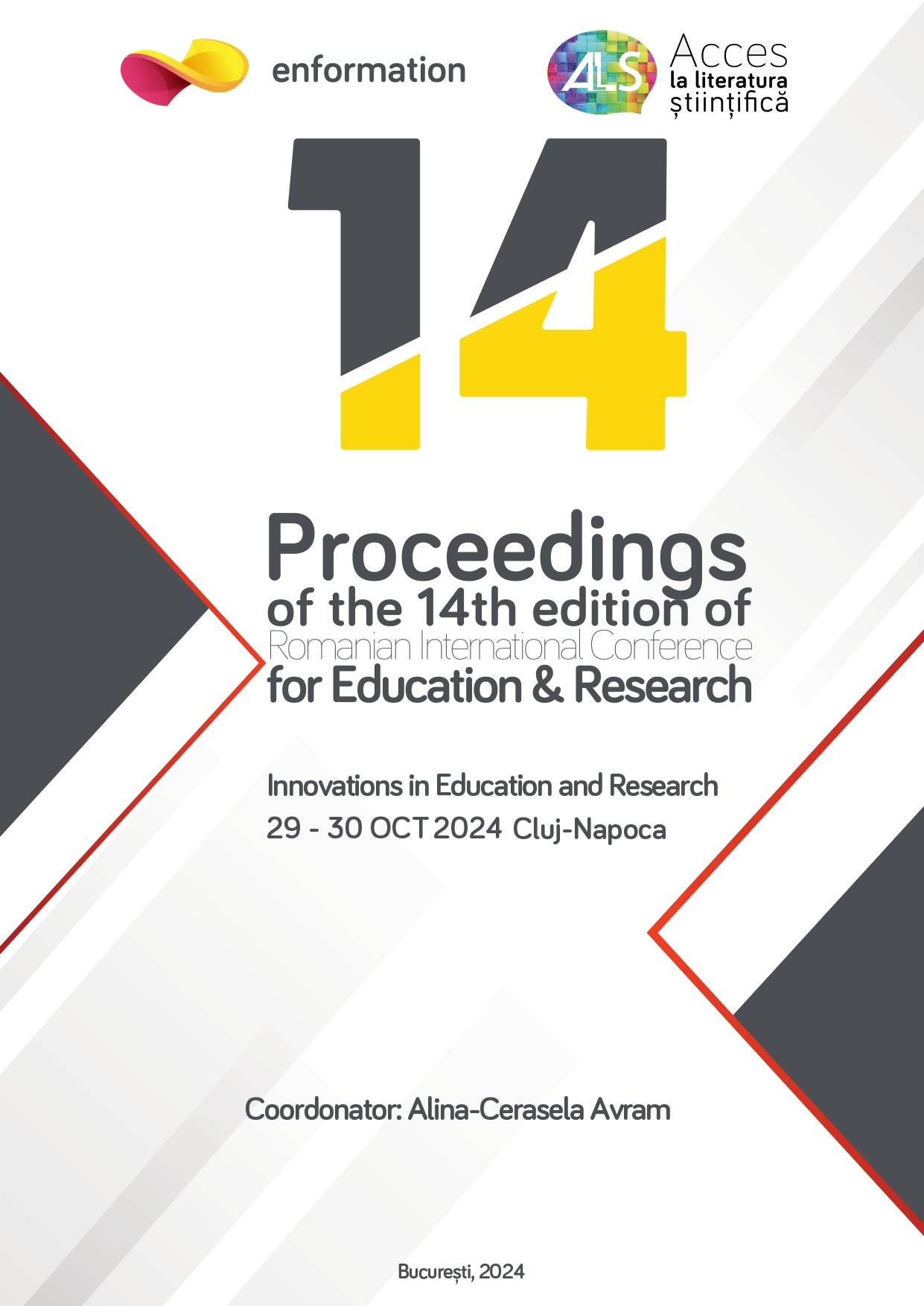The Role of Discursive Genres in the Spread of Fake News: Visual Rhetoric, Cognitive Biases, and Cross-Platform Dynamics
Abstract
This article investigates how discursive genres shape the propagation of fake news across social media platforms, focusing on persuasive and manipulative discourse mechanisms. By examining the role of polyphonic discourse, intertextuality, cognitive biases, and visual rhetoric (including memes and deep fakes), the paper explores how genre conventions adapt to different platforms, amplifying the reach and believability of misinformation. Case studies, including the “Plandemic” meme series and the deepfake of Mark Zuckerberg, highlight the powerful influence of emotionally charged and visually persuasive content. The analysis also addresses the cross-platform dissemination of narratives, illustrating how different genres contribute to creating a networked ecosystem of misinformation. By combining insights from Critical Discourse Analysis (CDA), intertextuality theory, and media studies, the article sheds light on the sophisticated tactics used to manipulate audiences and spread misinformation. Keywords
Discursive Genres 
